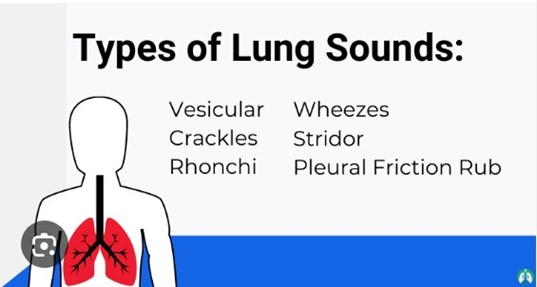A client's daughter phones the charge nurse to report that the night nurse did not provide good care for her mother. Which response should the practical nurse (PN) make?
Explain that all of the staff are doing the best they can.
Tell the daughter to talk with the unit's nurse manager.
Reassure the daughter that the mother will get better care.
Ask for a description of what happened during the night.
The Correct Answer is D
When a client's family member expresses concerns about the care provided, it is essential for the nurse to gather more information and understand the specific issues raised. By asking for a description of what happened during the night, the nurse can obtain details about the perceived inadequate care. This allows the nurse to gather accurate information, assess the situation, and address any legitimate concerns.
A. Explaining that all staff are doing their best may not address the specific issues raised by the daughter and may not provide a satisfactory resolution to her concerns.
B. Telling the daughter to talk with the unit's nurse manager can be an appropriate step, but it should come after gathering information about the situation. The nurse needs to have a clear understanding of what happened before involving the nurse manager.
C. Reassuring the daughter that the mother will get better care may not address her concerns and may not provide a solution to the perceived problem. It is important to gather more information before offering reassurance or making promises.
Nursing Test Bank
Naxlex Comprehensive Predictor Exams
Related Questions
Correct Answer is D
Explanation
Pilocarpine ophthalmic drops are used to treat glaucoma by reducing intraocular pressure. They do not have an anesthetic effect and are not used for the purpose of numbing or anesthetizing the eyes. It is important for the client to have a correct understanding of the medication and its intended use.
Here's why the other options are incorrect:
A. Reassure the client that the drops will not be needed often since eye pain in glaucoma is not common: This statement is not accurate. While eye pain may not be a common symptom of glaucoma, pilocarpine drops are primarily used to reduce intraocular pressure, not to address eye pain.
B. Reteach the client about the action of the eye drops to decrease pressure in the eyes: This option may be considered if the client misunderstood the information initially, but it is not the most appropriate response in this scenario. The client's statement indicates a specific belief about the drops providing anesthetic effects, so clarifying the purpose of the drops is more appropriate.
C. Document in the chart that the client understands the action and use of the eye drops: Documentation is important, but in this case, it is necessary to address the client's misconception about the anesthetic effect of the drops and provide accurate information.
Correct Answer is C
Explanation
When admitting a client with complications of left-sided heart failure, the practical nurse (PN) should prioritize assessing the client's bilateral lung sounds. Left-sided heart failure can result in the accumulation of fluid in the lungs, leading to pulmonary congestion and impaired gas exchange. By auscultating the client's lung sounds, the PN can assess for the presence of crackles, wheezes, or diminished breath sounds, which are indicative of pulmonary congestion and fluid accumulation. This assessment helps to identify the severity of the client's condition and guides further interventions and treatment.
While assessing heart sounds (option a) is important in evaluating cardiac function, assessing lung sounds takes priority as pulmonary congestion is a common manifestation of left-sided heart failure. Chest pain (option b) is a significant symptom that should be assessed promptly, but in this scenario, the focus is on assessing for signs of pulmonary congestion and impaired gas exchange. Assessing the client's mood and affect (option d) is important for a comprehensive assessment, but it is not the priority when the client is admitted with complications of left-sided heart failure.

Whether you are a student looking to ace your exams or a practicing nurse seeking to enhance your expertise , our nursing education contents will empower you with the confidence and competence to make a difference in the lives of patients and become a respected leader in the healthcare field.
Visit Naxlex, invest in your future and unlock endless possibilities with our unparalleled nursing education contents today
Report Wrong Answer on the Current Question
Do you disagree with the answer? If yes, what is your expected answer? Explain.
Kindly be descriptive with the issue you are facing.
